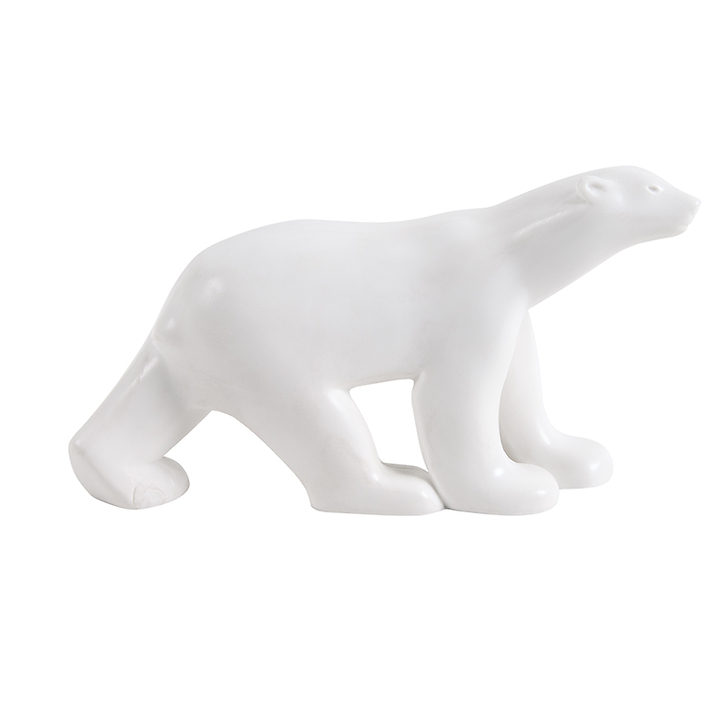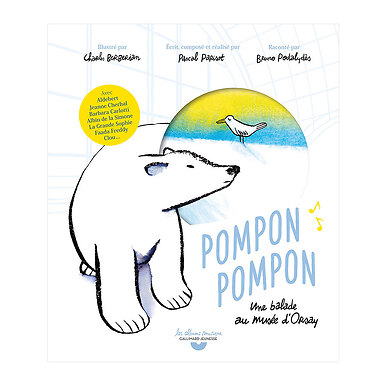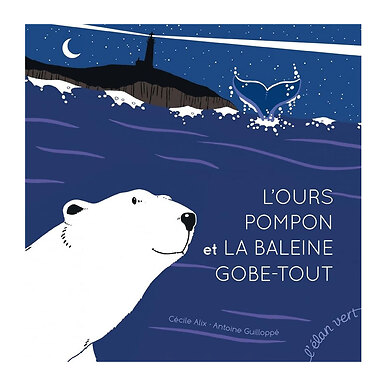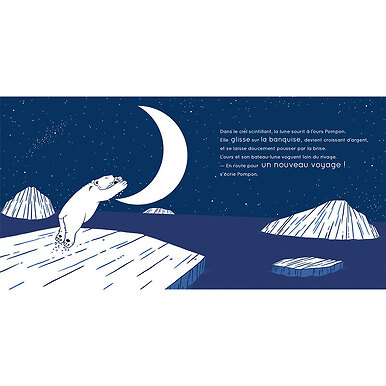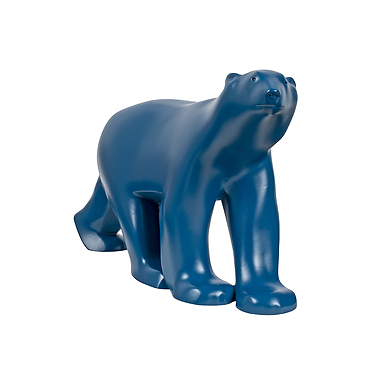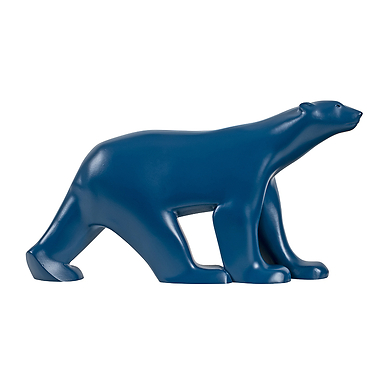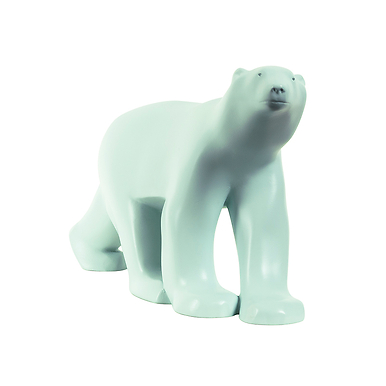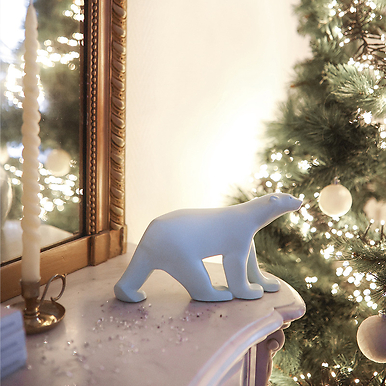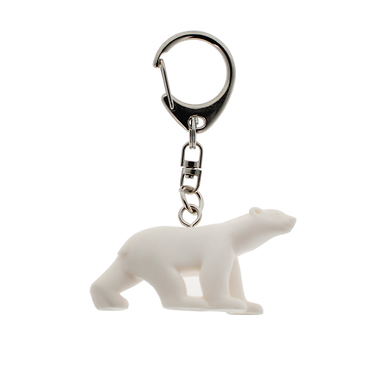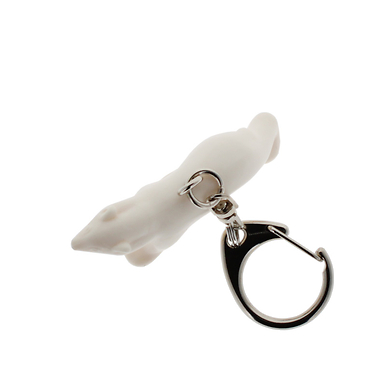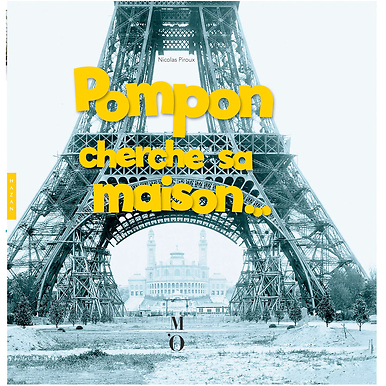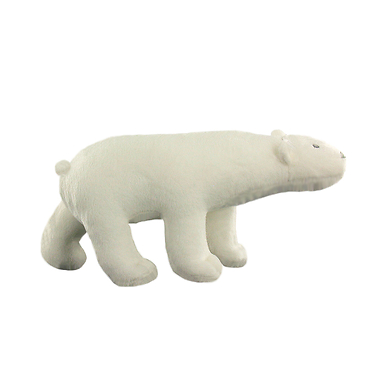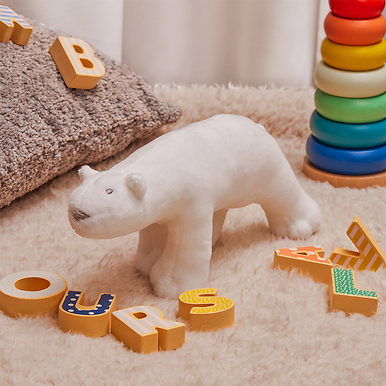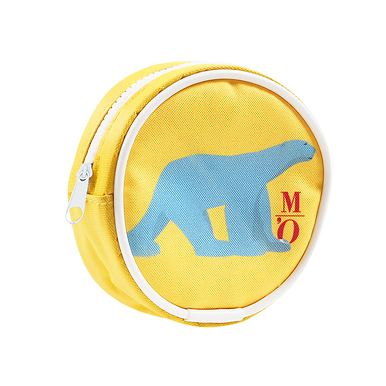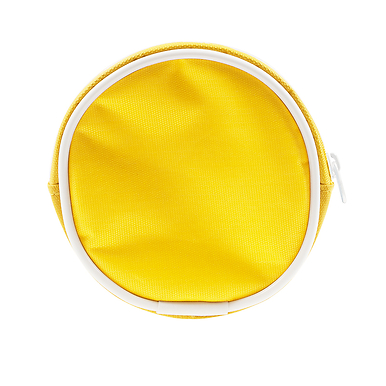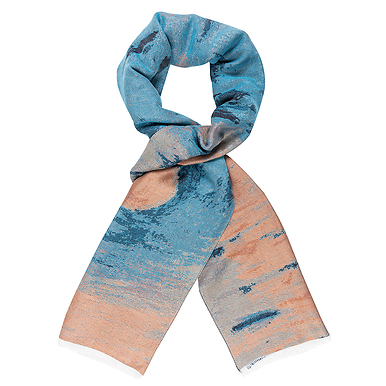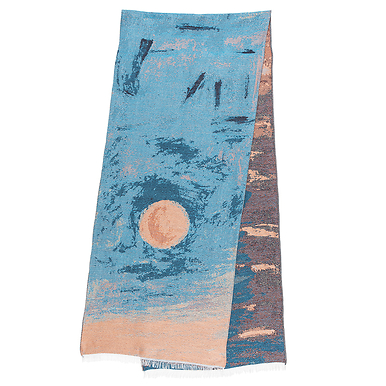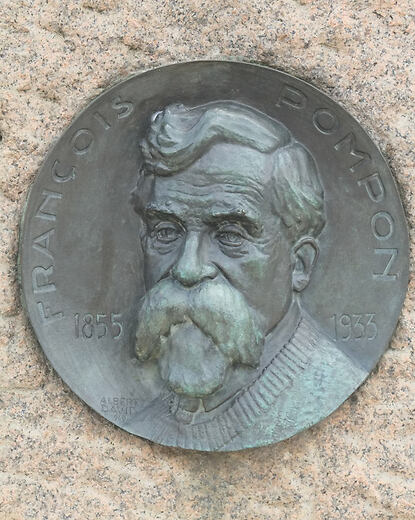Figurine Pompon - Polar Bear
CJ300033
François Pompon's polar bear figurine in PVC, edited in partnership with the Papo brand.
The "Pompon" line of products for children offers a stylised and colourful interpretation of the famous sculpture in the Musée d'Orsay: François Pompon's White Bear.
Its fresh and dynamic design is applied to small...
Read more
François Pompon's polar bear figurine in PVC, edited in partnership with the Papo brand.
The "Pompon" line of products for children offers a stylised and colourful interpretation of the famous sculpture in the Musée d'Orsay: François Pompon's White Bear.
Its fresh and dynamic design is applied to small everyday and decorative objects: kaleidoscope, water bottle, cup, mobile... which will delight the youngests by bringing the work into their world.
Close
Sold by GrandPalaisRmn
